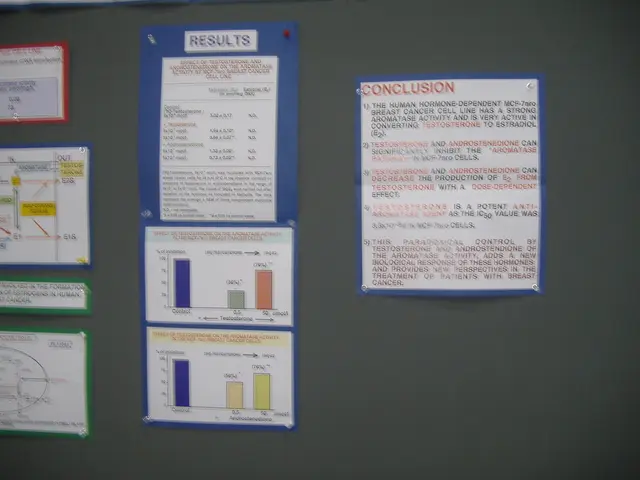Japan's Looming Demographic Crisis: Unraveling the Crisis and Assessing the Government's Response
Japan Experiences All-Time Low Birth Rate, Sparking Concerns About Demographic Destiny
In the year 2024, Japan hit a demographic milestone when it recorded the lowest number of births since records began in 1899, with just 686,061 babies born-a 5.7% decrease from the previous year. This marked the 16th consecutive year of declining births, and with the fertility rate dropping to a record low of 1.15, way beneath the replacement level of 2.1, we're staring at a future with a rapidly aging population. But why is Japan facing such a crisis, what's the government doing about it, and what lies ahead for the Land of the Rising Sun? Let's dive in.
Understanding the Causes
The roots of Japan's demographic crisis can be traced to several factors:
- Financial Stress: High living costs, unstable job markets, and limited housing options discourage young people from starting families.
- Work Overload: Long working hours and demanding job expectations leave little time for personal life, making it tough to balance work and family.
- Gender Inequality: Women confront numerous challenges in juggling career and family duties, with insufficient support for working mothers.
- Late Marriage Trend: People are choosing to get married later in life, leading to fewer children.
Government's Response Strategy
In response to this demographic crisis, Prime Minister Shigeru Ishiba labeled the situation a "silent emergency." To combat this crisis, his administration has implemented measures like:
- Bigger Child Allowances: Strengthening financial support for families with children.
- Free High School Education: Removing tuition fees for high school students.
- Extended Parental Leave: Guaranteeing both parents receive their full take-home pay during their parental leave.
However, experts say that the government's efforts are too narrow, primarily focusing on aiding married couples while ignoring the broader societal factors affecting the youth.
Where Japan Stands in the Future
If the trend of declining birth rates persists, Japan's population, currently approximately 124 million, could drop to 87 million by 2070. By then, around 40% of the population may be 65 years or older, causing significant issues for the economy and social systems.
Balancing Economy and Society
To tackle this crisis, Japan needs comprehensive policy changes addressing economic, social, and cultural factors. Without radical changes, the country faces a future with a shrinking, aging population, which could impact its financial stability and social cohesion.
Economically, the decline in birth rates leads to smaller workforces, causing labor shortages across various sectors and slowing economic growth. Socially, the aging population contributes to rising healthcare costs and changes to social structures. To overcome these challenges, Japan needs to implement innovative workforce strategies, revitalize rural areas, and reform immigration policies to attract skilled labor.
In conclusion, Japan's demographic crisis is a critical issue that needs immediate, comprehensive policy reforms. By doing so, Japan can create a sustainable future, ensuring its population remains vibrant and its economy thrives.
Science plays a crucial role in addressing Japan's demographic crisis by researching and developing innovative workforce strategies and solutions for an aging population.
The demand for education extends beyond formal schooling, with a need for lifelong learning opportunities that cater to the ever-changing needs of the Japanese workforce and society.
Japanese culture must adapt to accommodate health-and-wellness practices that support the well-being of an aging population and promote a positive retirement experience, fostering a more harmonious society in the future.







